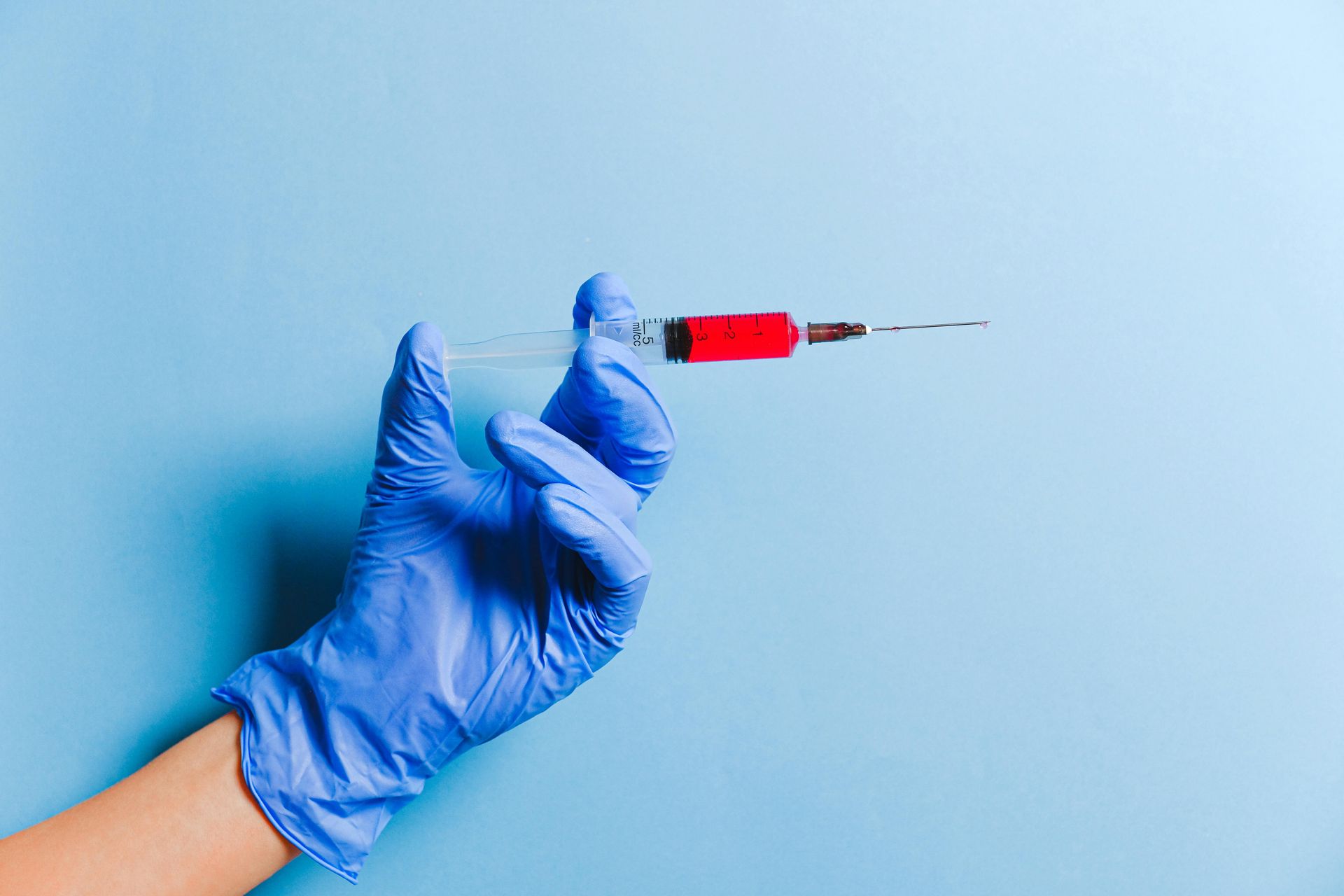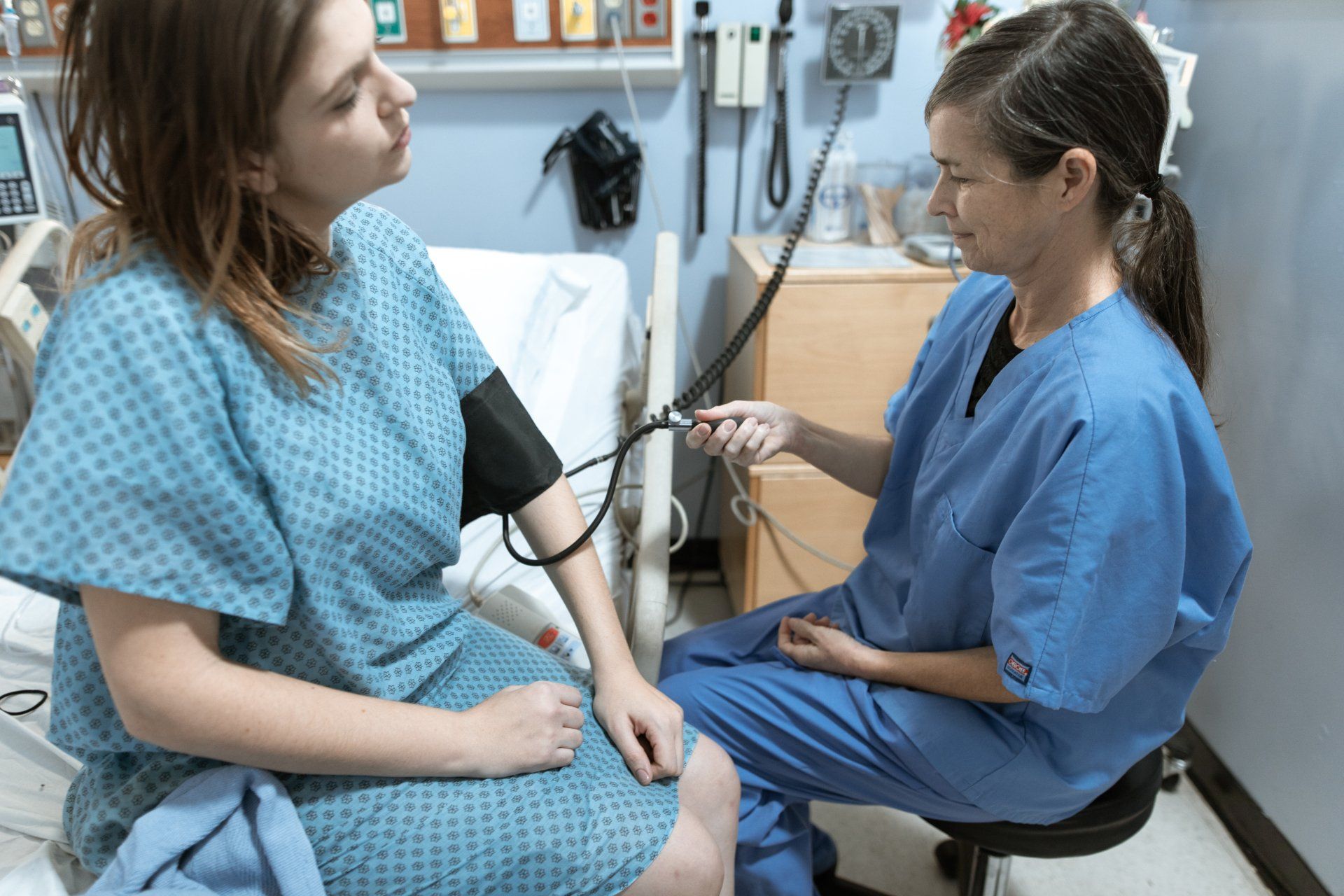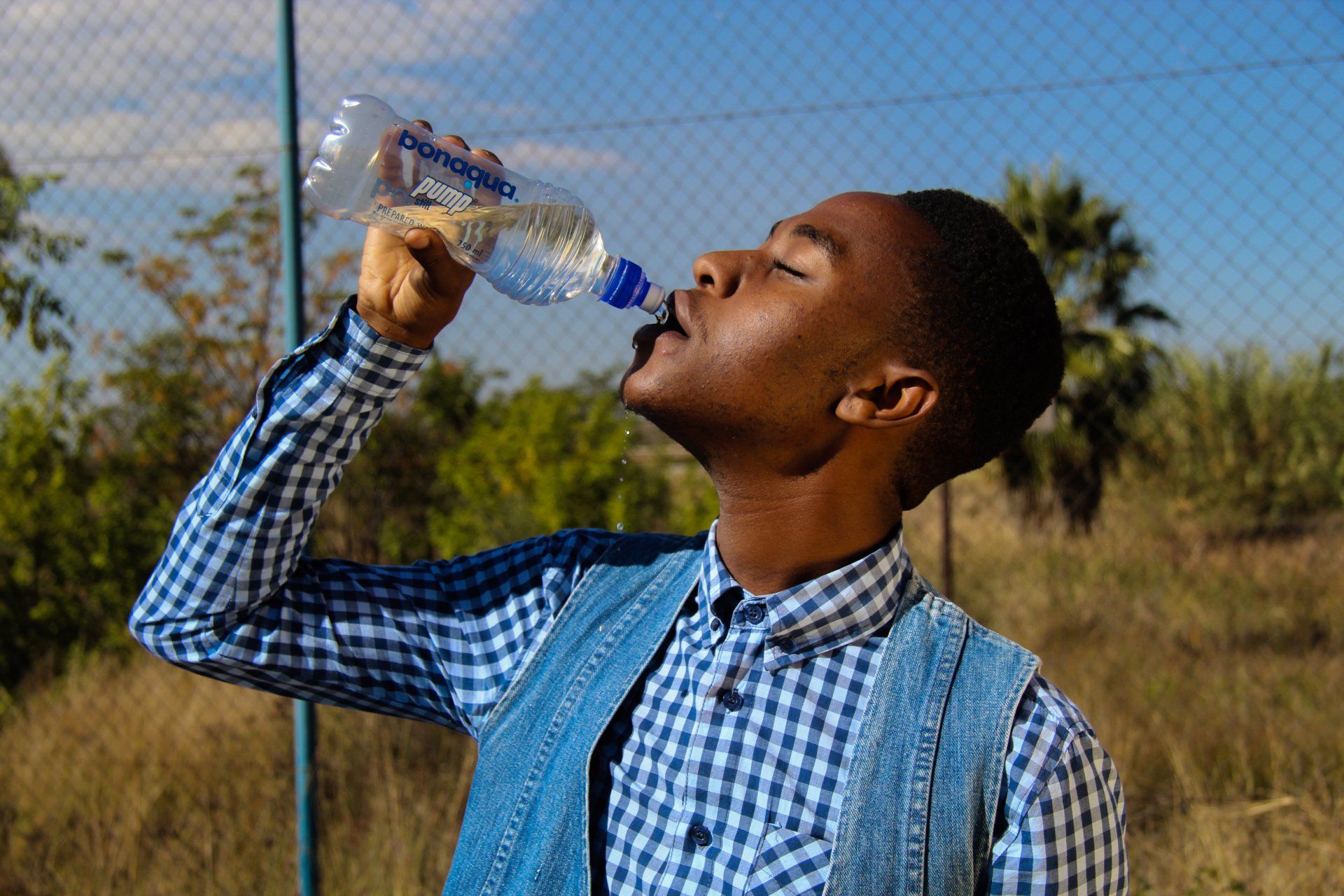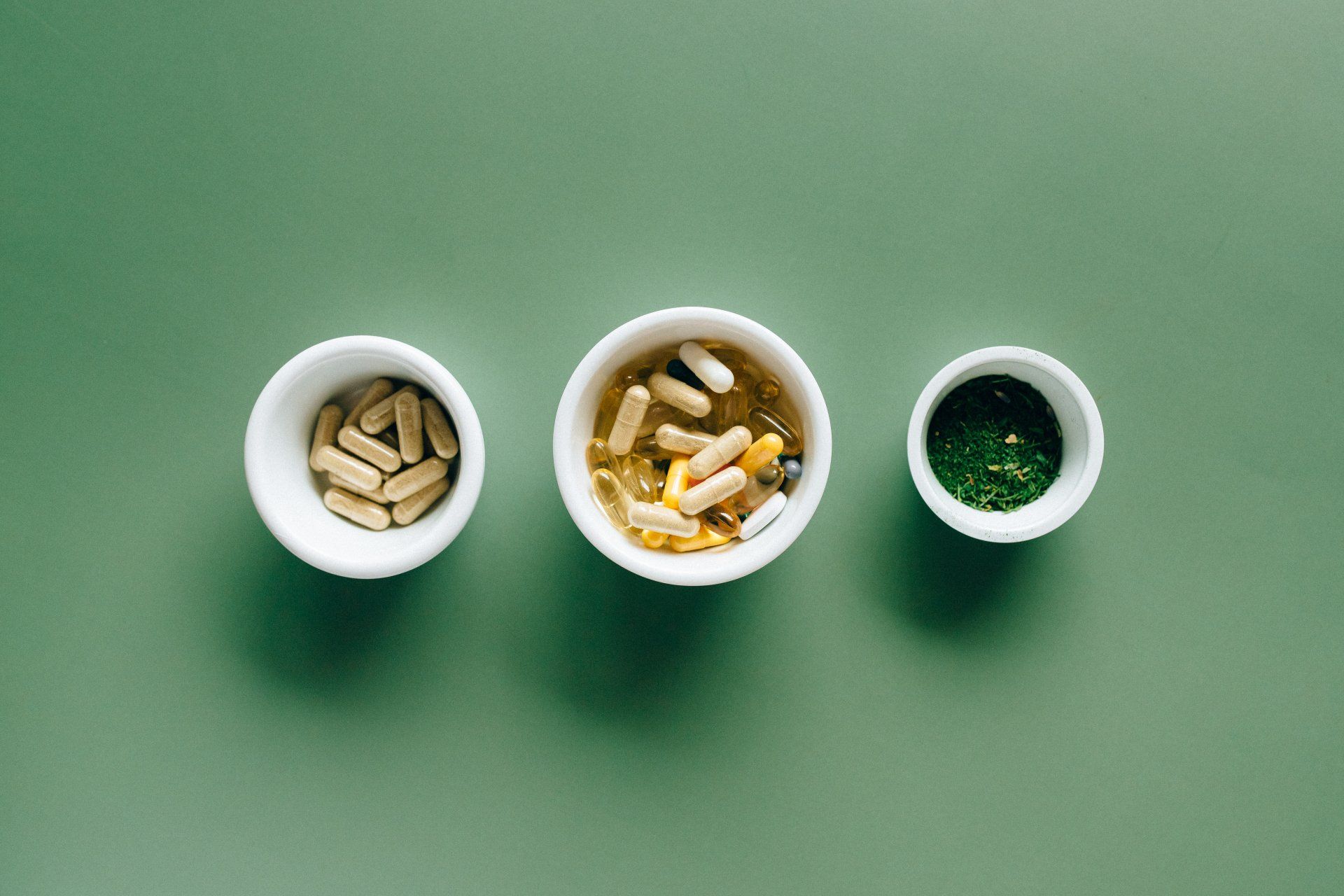
Covid Nasal Vaccine
COVID Nasal Vaccine
written by Swathi Gadadasu
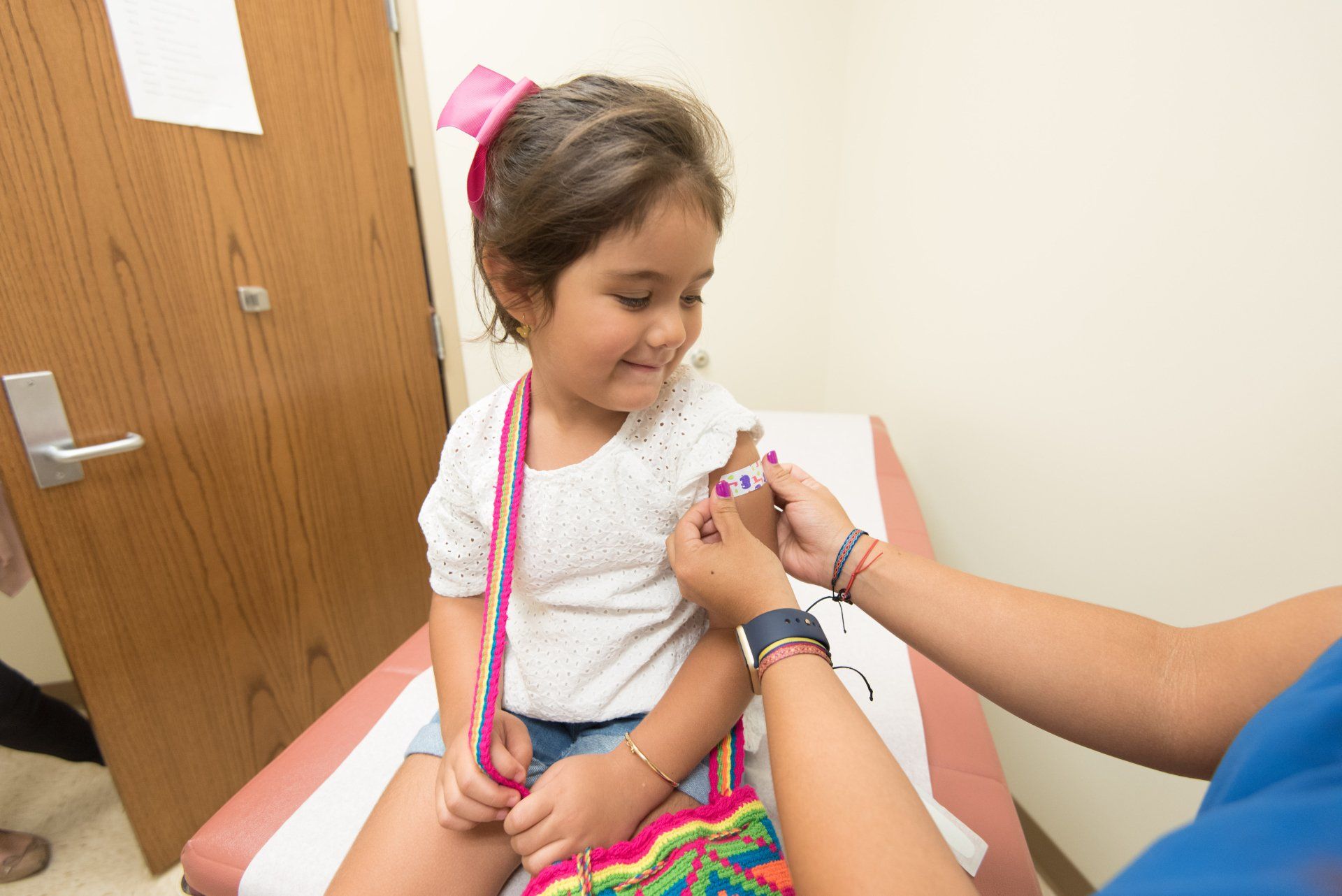
COVID-19 emerged as a global pandemic in 2019, affecting the lives of many and causing the death of 6,697,393 people over the globe.https://covid19.who.int/
Importance of the vaccine
Vaccines contain inactive or dead organisms that activate the body's immunity and produce antibodies against the specific infection.
When the pathogen enters the body via infection, our immunity will be ready with antibodies, so the chance of recovery is higher and the risk of death lower.
Development of the COVID Vaccine
Clinical research can be divided into two eras, pre-covid and post-covid. The covid pandemic has played an important role in the field of clinical research, with the onset of faster progression of all procedures required for the completion of clinical trials.
In the era of lockdown too, researchers over the globe worked 24/7 to develop a vaccine against the covid virus. Their endless determination and hard work led to the development of the covid vaccine that has saved many lives globally.¹
The COVID Vaccine
The covid vaccine has been utilized by all countries and proven to reduce the severity of the disease and death rates. In addition, the side effects of the vaccine are minor. However, it is injected into the muscles, requiring administration by trained health professionals.
The idea of the nasal covid vaccine has been introduced and developed, but it's still in the clinical trial phase.
Many people have wondered if the intranasal vaccine will have any advantages over the earlier vaccines.
Limitations of the Muscular Vaccine
The intramuscular covid vaccine is effective in activating the immune system. Still, the person infected with the covid virus can spread the virus to others. In addition, immune cells produced by the vaccine help protect from lower respiratory tract infections but are less effective for upper respiratory infections.
Covid infection is airborne, but this vaccine is unable to stop the infection at the most common site of entrance of the virus to the body, the nose. Since it is given into the muscles, it takes 10-14 days to immunize the individual for the covid virus.²
The advantages of the nasal vaccines are
- The administration does not require trained professionals.
- The nasal vaccine is available in powder form, making transportation very easy and economical.
- The nasal vaccine can be self-administered.
- The nasal vaccine increased immunity faster than the intramuscular vaccine in studies.
- People who took the intranasal vaccine were less likely to spread the infection than those who received the intramuscular vaccine.
- The nasal vaccine developed mucosal immunity, which helps prevent both upper and lower respiratory tract disorders.
- The nasal vaccine is effective in developing immunity locally in the nasal cavity.
- Mass vaccination programs can be conducted easily.
- It's a needle-free method and can be administered to all ages.¹ ² ³
Let's have a look at some of the limitations of these vaccines:
- The intranasal vaccines must complete all the phases of clinical trials before entering the market.
- Pregnant women and children were not included in the clinical trial design of these vaccines; thus, the safety and efficacy of the vaccine in this population need to be studied further.
- Since it is administered nasally, more doses are needed to maintain local immunity.
Though the advantages of the nasal covid vaccine appear to be greater than in the muscular, the side effects of the nasal vaccine need to be studied in detail which may take some time.³
Summary
Covid nasal vaccines have been proven to be effective in all aspects. However, more research and trials still have to be carried out to rule out potential side effects and aftereffects.
Prevention is better than cure.
Following covid protocols may reduce viral exposure and lower your chances of getting the infection.
References
- Chavda VP, Vora LK, Pandya AK, Patravale VB. Intranasal vaccines for SARS-CoV-2: From challenges to potential in COVID-19 management. Drug Discov Today 2021;26:2619–36. https://doi.org/10.1016/j.drudis.2021.07.021.
- Alu A, Chen L, Lei H, Wei Y, Tian X, Wei X. Intranasal COVID-19 vaccines: From bench to bed. EBioMedicine 2022;76:103841. https://doi.org/10.1016/j.ebiom.2022.103841.
- Meenakshi S, Kumar VU, Dhingra S, Murti K. Nasal vaccine as a booster shot: a viable solution to restrict pandemic? Clin Exp Vaccine Res 2022;11:184–92. https://doi.org/10.7774/cevr.2022.11.2.184.
Thank you for reading Patient Education Essentials, the Write Shift RN blog.
Disclaimer: This article was written as a guest post for Write Shift RN LLC's blog. The information in it may not be wholly fact-checked or edited, allowing the reader to see the writer's work and skills firsthand. This information is not intended as medical advice. It is for informational and educational purposes only. Always talk to your doctor or other qualified healthcare providers about any questions or concerns you may have regarding medical conditions.
